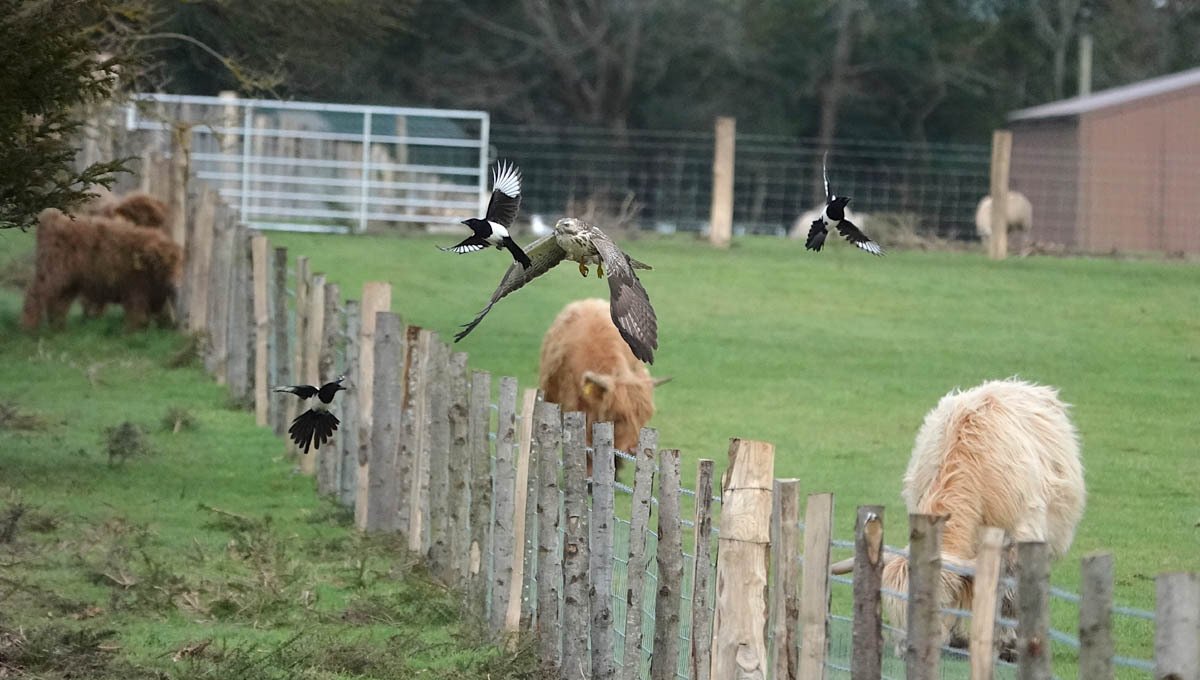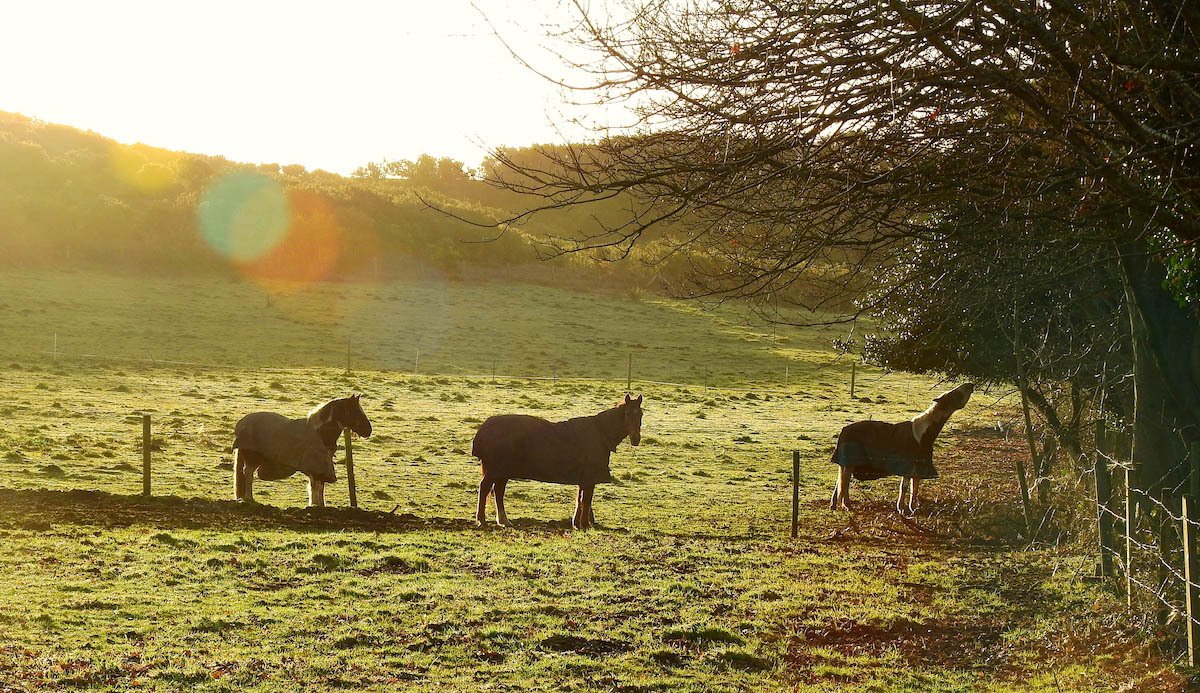
At the heart of Bournemouth and Poole lies Talbot Heath Nature Reserve – an extraordinary 37-hectare fragment of the once ‘Great Heath’ that stretched uninterrupted from the Purbeck hills to the New Forest. Since 1800, 80 per cent of heathland has been lost worldwide, and today the UK is the custodian of 20 per cent of this remaining habitat. Nick Dobbs sets out the threat to this important site.
Talbot Heath, part-owned by Bournemouth, Christchurch and Poole (BCP) Council, is the last remaining central urban lowland heathland in the Poole/Bournemouth conurbation that has not yet been entirely surrounded by development. Talbot Heath is designated as a Site of Special Scientific Interest, with half the heath and all the surrounding fields known as Highmoor Farm owned by the charity Talbot Village Trust (TVT).
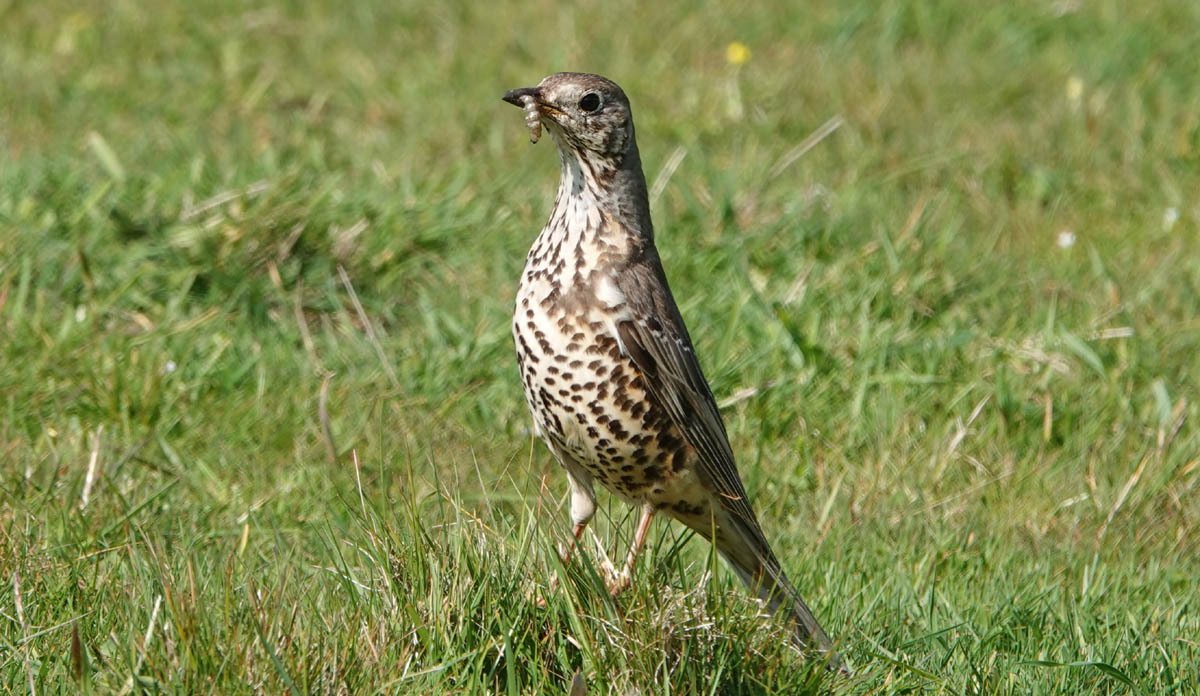
TVT’s Trustees’ consultants are fast-tracking plans to submit a planning application in 2022 to develop a business park (also known as an ‘Innovation Quarter’) on upper Highmoor Farm which would bring in 1,780 daily commuters, with the very real potential of a deleterious effect on Talbot Heath’s established wildlife. Before they can submit plans, Poole Council’s plan (now BCP’s), requires that TVT first secures planning permission for the remaining meadow parcels to be opened up to the public for recreational use as a Heathland Support Area (HSA).
The festive season has provided an opportunity to study in detail a 74-page Environmental Impact Assessment (EIA) submission supporting TVT’s HSA planning application to BCP Council. It is important to bear in mind that ecology agencies are appointed and remunerated by developers, which is, arguably, a fundamental impartiality deficit in the planning process when safeguarding the best possible wildlife protection outcomes.
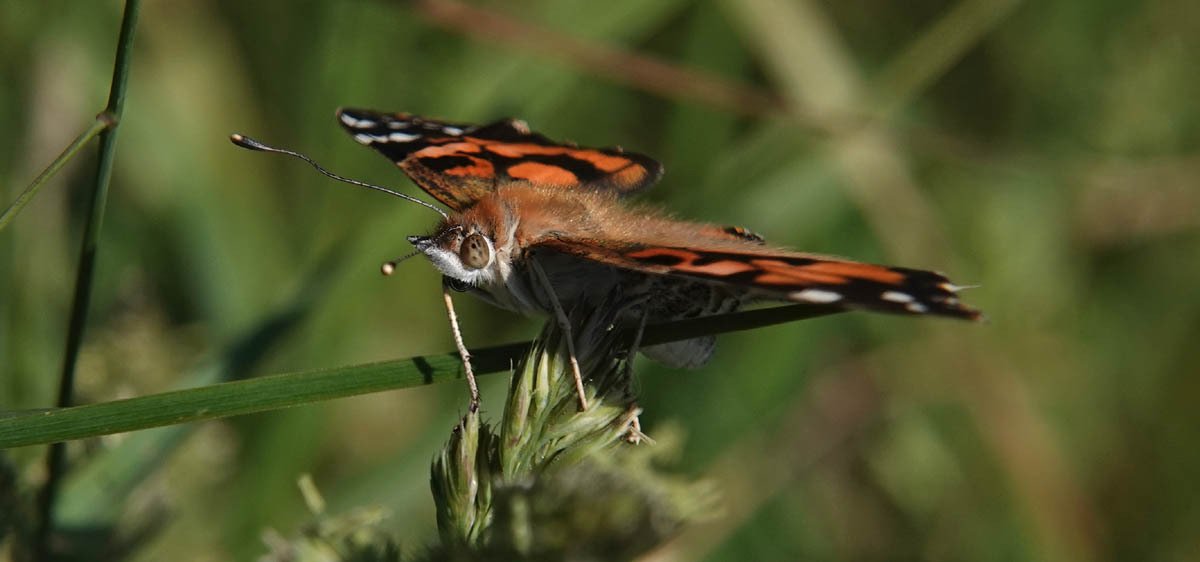
At face value, this tome penned by TVT’s appointed ecology agency would suggest that due diligence in assessing the HSA’s biodiversity value has been undertaken – but is it more a case of ‘flattering to deceive’? From the developers’ perspective, ecological reports (commissioned by themselves) are primarily aimed at ensuring minimum legal compliance at the lowest possible cost in relation to wildlife protection.
This is reflected in the fact that much of this EIA report’s content is an exercise in statutory ‘copy and paste’. They say that the ‘devil is always in the detail,’ and below are but three sobering examples of attempts at downplaying the HSA’s current biodiversity and its relevance to the longer-term future of Talbot Heath Nature Reserve as an urban wildlife gem.
In Appendix II of the EIA report, the ecology agency claim that they contacted the Dorset Environmental Records Centre (DERC) to check for protected species within a two-kilometre radius of Highmoor Farm and Talbot Heath. They certainly haven’t checked for a long time: in the case of bird species, not since 2016; in the case of bat species, not since 2013, and in the case of reptile species, not since 2017. In fact, as noted in an earlier article, there are hundreds more protected species on records that have been submitted since 2017:
- 89 species of bird have been recorded – 20 of which are on the UK Birds of Conservation Concern Red List;
- 26 butterfly and 21 dragonfly/damselfly species recorded – three of which are listed in Section 41 (ie, ‘priority actions needed’) of the Natural Environment and Rural Communities (NERC) Act;
- eight of the 17 UK bat species recorded; and
- five of the six UK native reptiles.
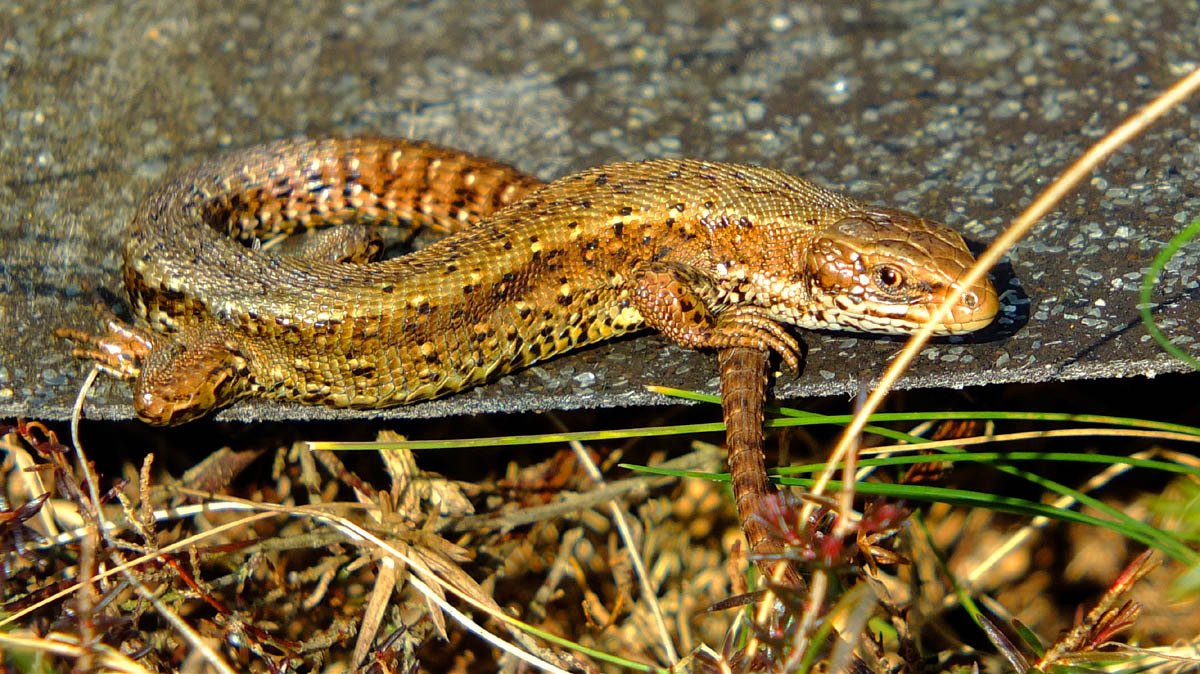
Had the ecology agency not simply copied-and-pasted from other reports, the DERC records would have evidenced not only red-listed bird species utilising Highmoor Farm, but also multiple successful nightjar breedings on Talbot Heath in 2019 and 2020. Talbot Village Trust were also informed that nightjar had successfully bred again in 2021, and that licensed capture-and-release radio tracking of seven individual nightjars had been undertaken. Yet there is no acknowledgement of this in the report – only a reference to their own limited nightjar surveys. This can’t be readily excused as an honest mistake because the exact same error was pointed out to TVT’s consultants in a previous planning application at Historic Talbot Village.
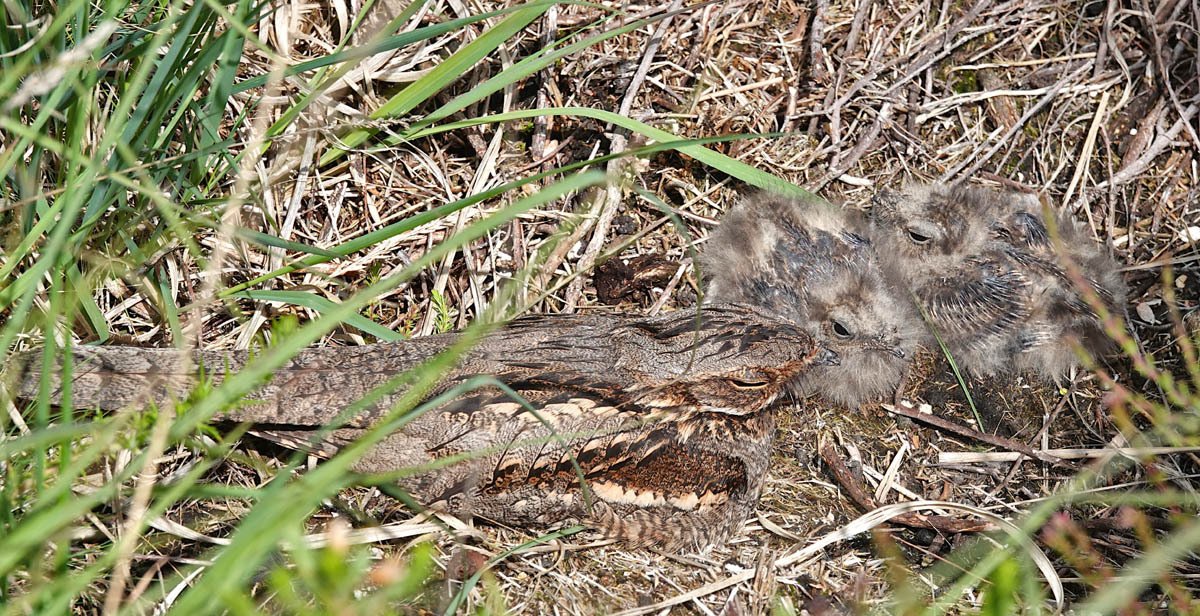
Alarmingly and by their own admission, the ecology agency conducted breeding bird surveys when the bird breeding season was largely over. Surely only four hours of breeding-bird surveying, at a sub-optimal time, cannot be the developers’ total commitment to an avian biodiversity baseline for Highmoor Farm and Talbot Heath?
“Due to other project commitments and livestock using areas of the site in June the reptile surveys were unable to commence until September 2021”.
How convenient that the ecology agency’s reptile surveys were also conducted at a sub-optimal time.
Under the auspices of a change in land use (working farm to HSA), it is clear TVT’s strategy is to temporarily disassociate the current HSA planning application from the future proposed business park development, for the purposes of ‘working’ the planning system to their advantage. Should BCP’s Planning Committee not see through this tactic and grant the HSA planning permission, it is predicted that TVT will then conveniently cite the HSA as their primary biodiversity mitigation when submitting the business park planning application.
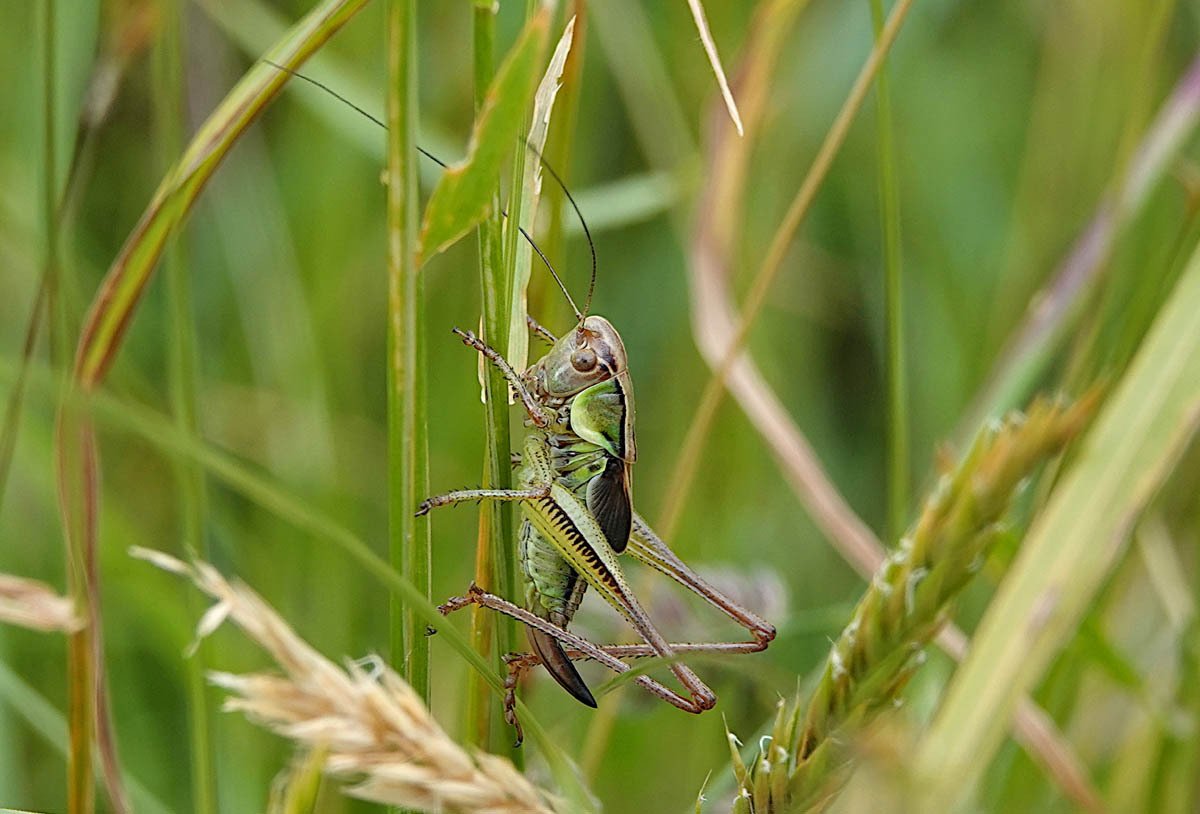
On numerous occasions, TVT and BCP Councils’ Planning Officers have been asked to clarify this critical question, which they have steadfastly avoided answering for months, namely:
- Is the HSA intended to ease current human footfall on Talbot Heath Nature Reserve, as their HSA application and PR campaign would suggest?
- Or is it intended to mitigate against the very real potential of 1,780 future employees using Talbot Heath in the future?
If the latter, it is argued that there is no way that the HSA can fully mitigate against the damaging effects on Talbot Heath of such a massive increase in potential footfall.
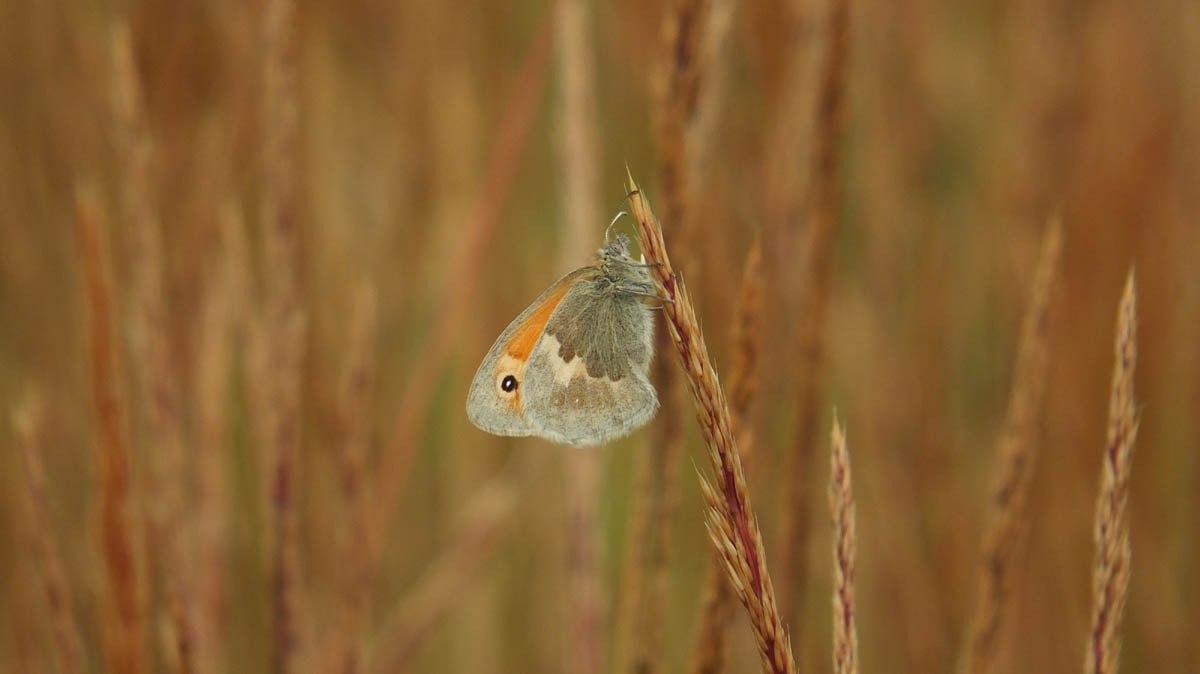
To their credit, Councillors Philip Broadhead and Mark Anderson are spearheading early adoption by BCP Council of the government’s new Environment Act (November 2021), but the Act’s laudable ambitions of 10 per cent net gains in biodiversity over 30 years will not be realised by continuing to allow council planning offices to be so readily satisfied by ecological confidence tricks designed to play down what nature has already established.
TVT have previously admitted in a public consultation forum that it is not in the long-term interests of the Trust to see the biodiversity of the Heathland Support Area improved. Early in 2022, it will be up to the council’s Planning Committee to decide whether TVT has the interests of local biodiversity at heart.
Let’s hope they ask the searching questions that the public expect of them.
